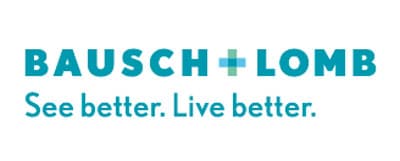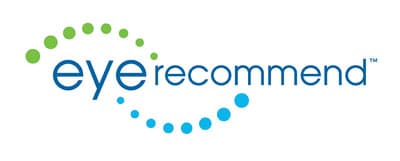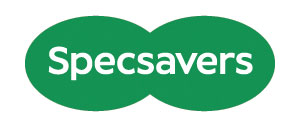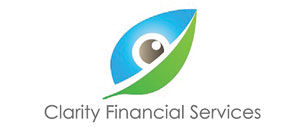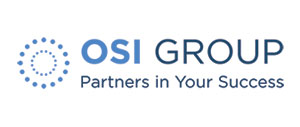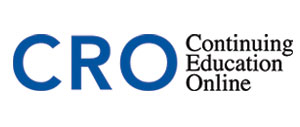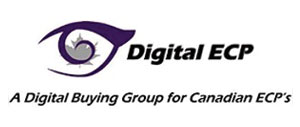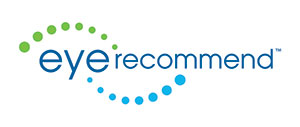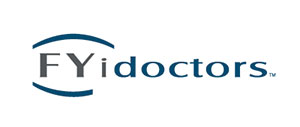
After the last 18 months we’ve experience, people are always asking,”Is it time to should sell my practice”. Today most owners want to know if one should sell during a pandemic.
Pandemic Effect on Practice Valuations
The easiest, and yet ironically most complex, answer is simple: sell when you are really ready to let go of ownership as long as you can afford to.
There are many factors that determine the best timing for selling a practice — the financial position of the owner, valuation of the office, potential for further growth, past performance and history, as well as the current market.
Healthcare has proven over the last 15 years to be both recession and now pandemic resilient. Practice values have not gone down and in fact, during the pandemic, values have increased.
The best place to start is to ask 2 simple questions: can you afford to sell and are you ready to walk away without looking back?
The financial question is easier because it is all about the math. Has financial security been achieved? If yes, then by all means, pass go and collect.
The second question, is truly the toughest. An owner might be very attached to their office and maybe even more than they think.
After all, many owners feel they have invested a significant portion of their life to its success and handing their “baby” over may not be easy.
Do the Math
Most owners want to sell when they know they can maximize the price. However, owners should also consider what they are giving up in order to delay the sale for the ultimate price.
Doing a cost-benefit analysis is a worthy exercise to undertake. For example, let’s say a clinic is valued at $1,000,000. The owner, after 30 years, is getting tired of managing all aspects but if they can sustain their current pace for another 2 years, they may achieve a price of $1,200,000.
In other words, is $200,000 worth it when someone feels they are reaching their limit? For some, it may definitely be the case but what if the owner wants to work less, travel more? What if the current pace is causing health issues? How much are these factors truly worth?
Engage your Expert Team
Before any decision is made, the most important step to take is to have a valuation completed. Knowing the value of the clinic helps the owner to determine if a sale would meet their objectives.
The next step is to discuss the sale with an accountant. Understanding the tax position of the owner is critical. Too many times, the owner wishes to sell but the professional corporation is not in its purest state to facilitate the best possible outcome.
Personal Considerations
The next key factor to consider is what will the owner do post-sale. Is the owner ready to stop practising? If the new owner wants the vendor to stay on, is this realistic? An owner needs to truly do some soul searching and decide after so many years of ownership if they can go back to marching to the beat of another owner’s drum. Relinquishing control sounds easy but for many owners it is not as simple as it sounds.
A sale does not mean the end of an owner’s identity. It also does not mean the end of a career either. A vendor can certainly discard the chains of administration and management in order to seek other opportunities – such as working part-time, doing locum work, or teaching.
So going back to the original question, when is the best time is to sell. Practice owners can quite honestly sell whenever they are ready. The present economic environment most definitely facilitates the successful sale of a practice.
In our current economy, buyers continue to exceed sellers which always creates a robust exit market. We have yet to see the flood of baby-boomer business owners ready to sell. Banks continue to provide 100% financing over 12 years to buyers.
Healthcare in general – be it for people or animals, despite or in spite of a pandemic, has proven to be a profitable business with a continued good economic future.
Therefore, a vendor never needs to feel forced into a sale. Instead, every vendor must simply decide if the time is right for them. Vendors need to do some homework and then move forward with confidence.

JACKIE JOACHIM
Jackie has 30 years of experience in the industry as a former banker and now the Chief Operating Officer of ROI Corporation. Please contact her at Jackie.joachim@roicorp.com or 1-844-764-2020.
















